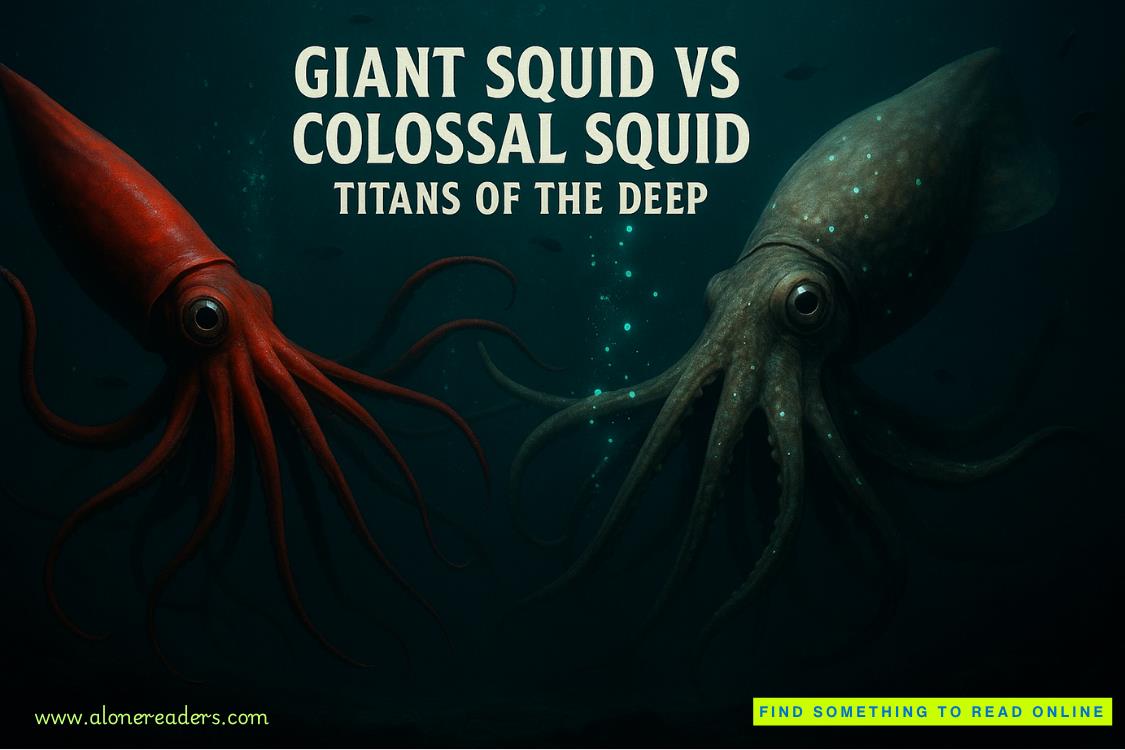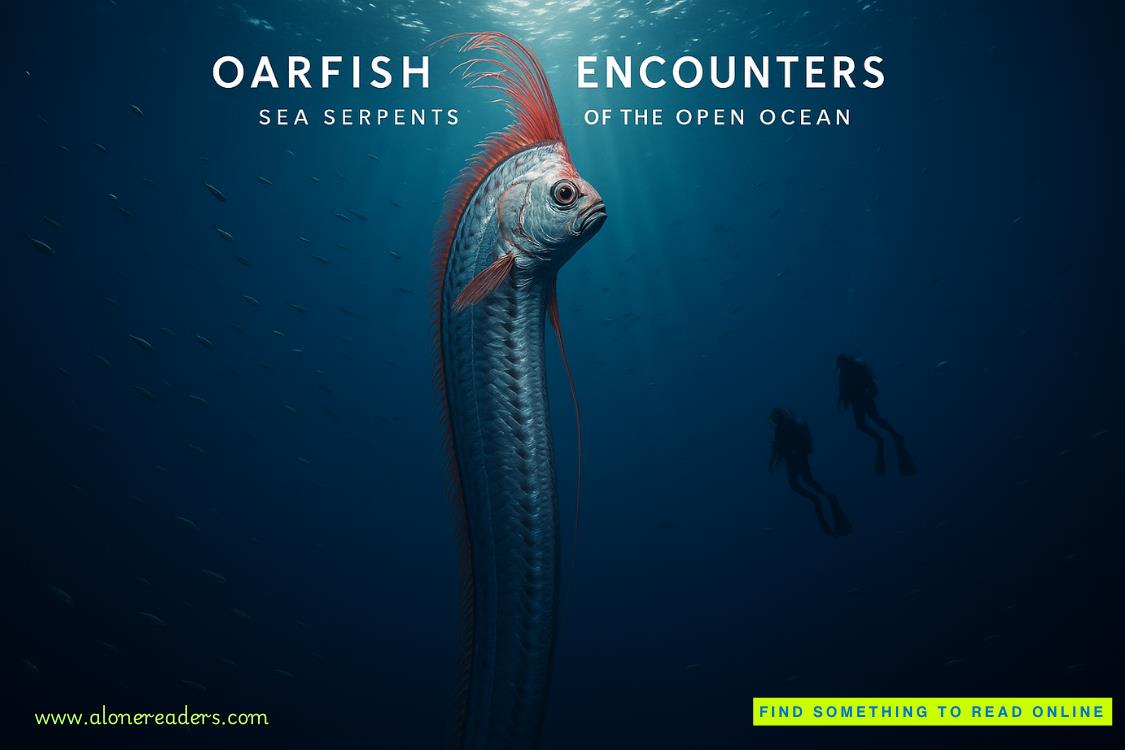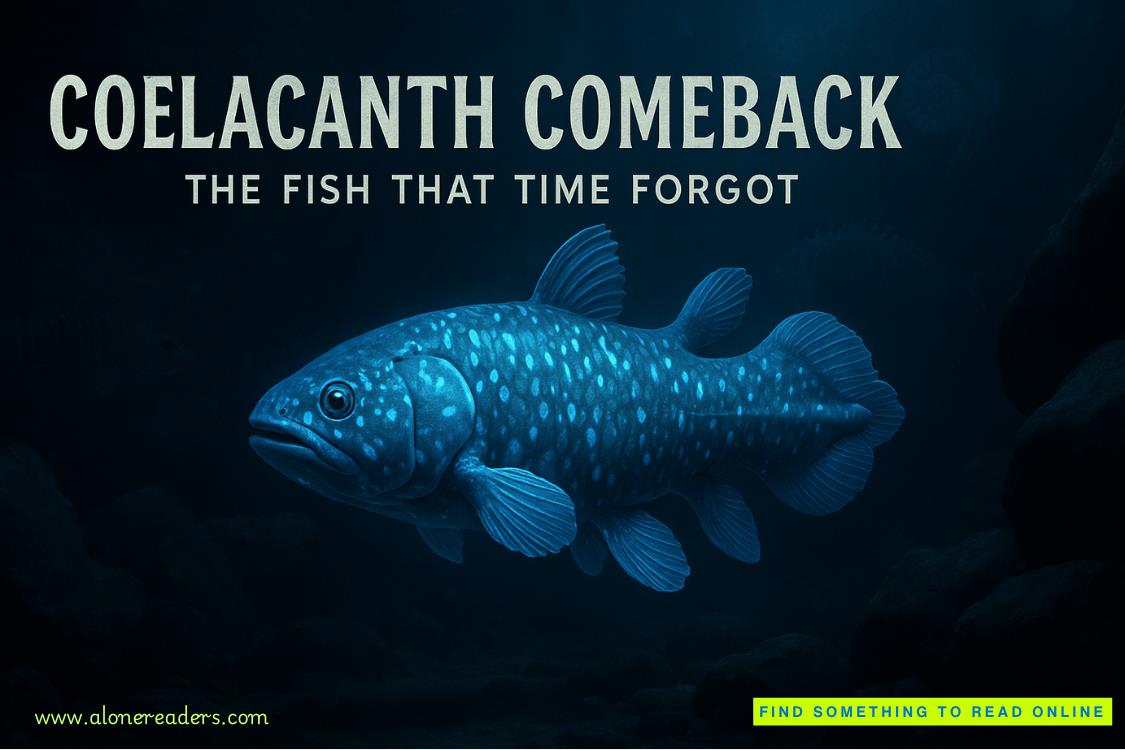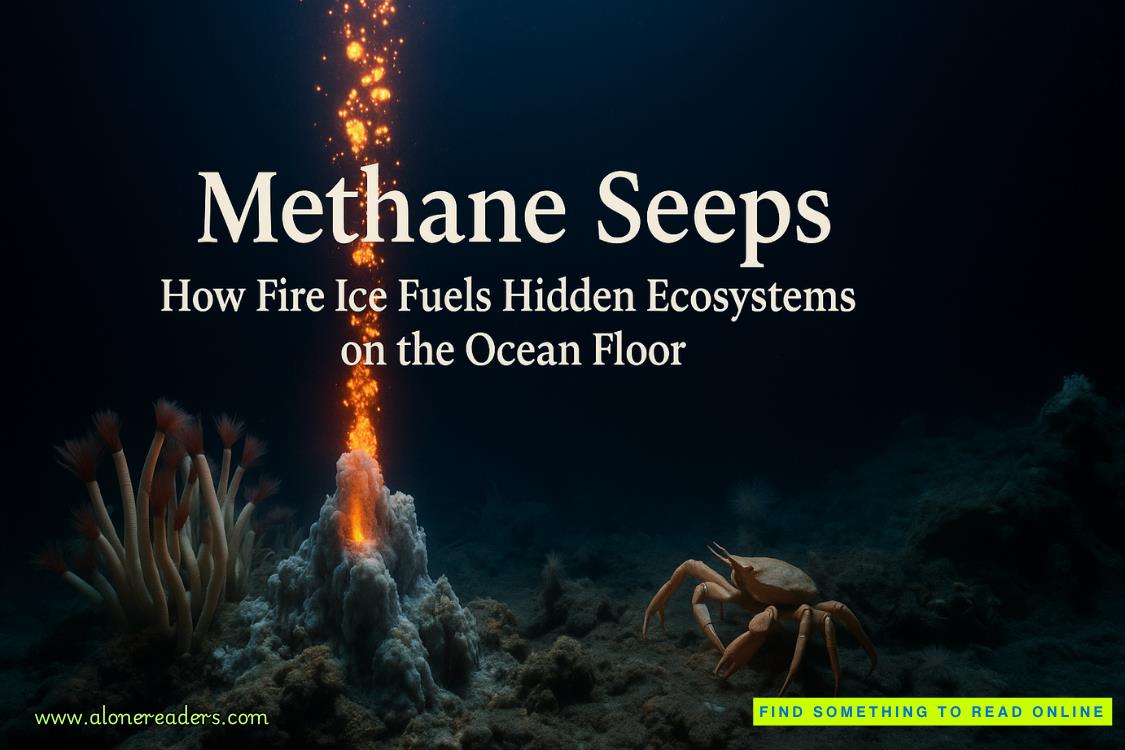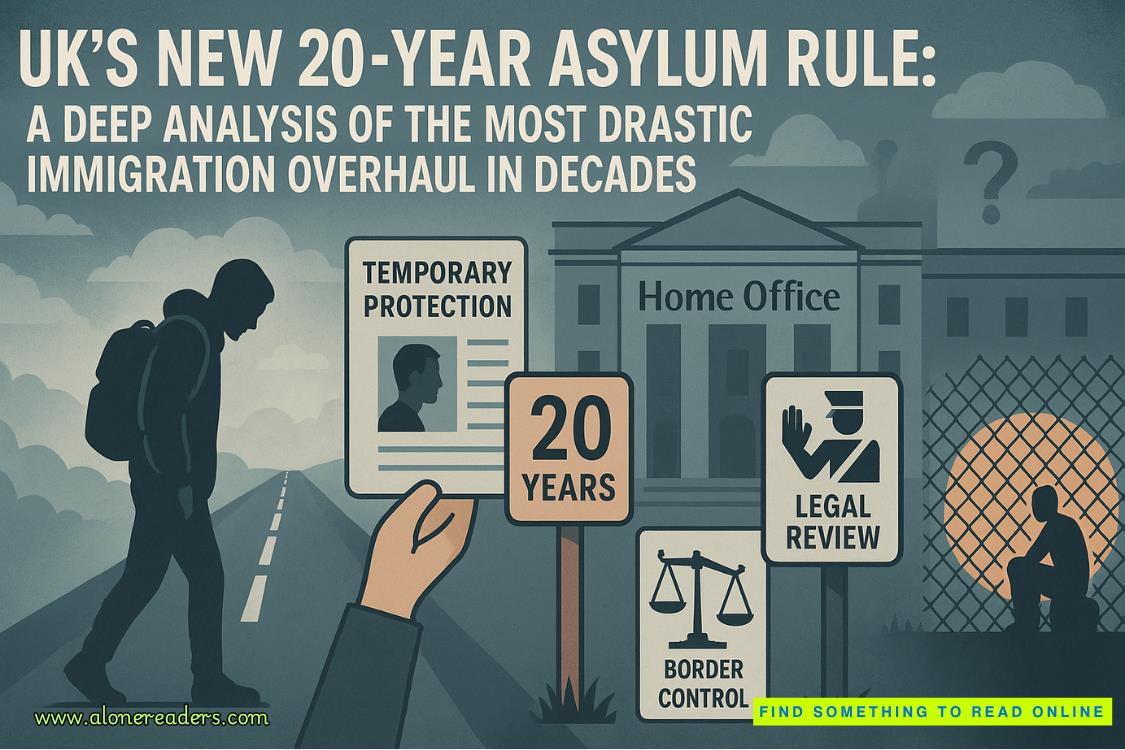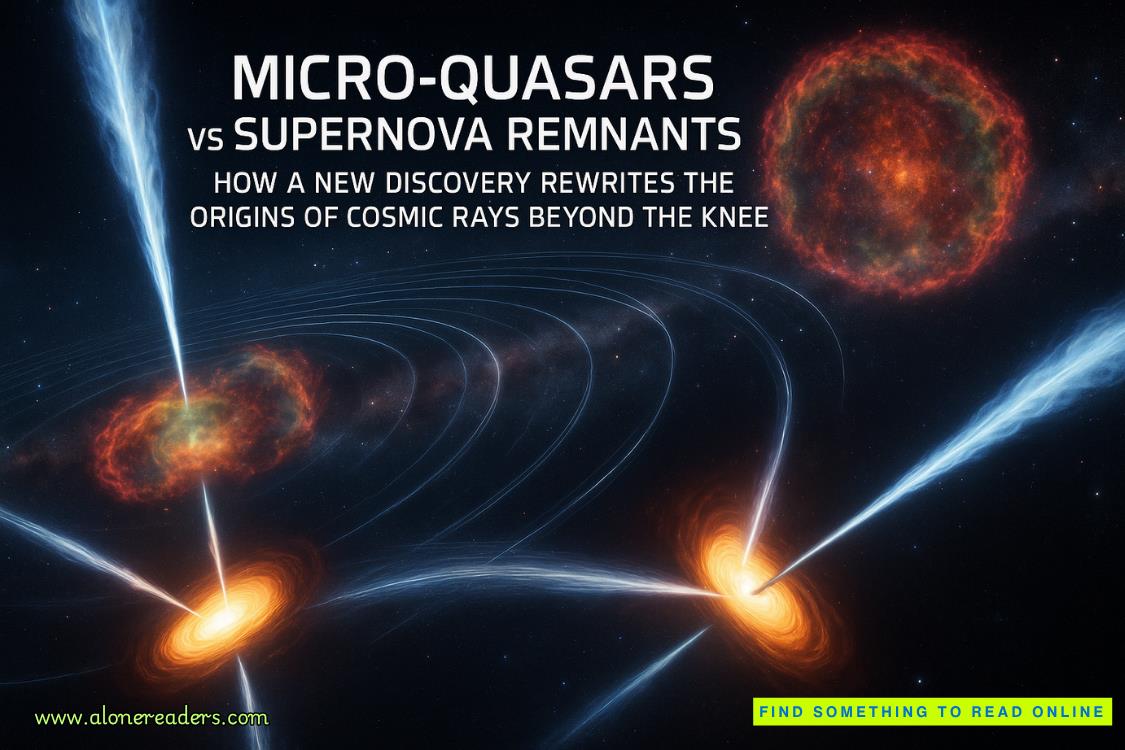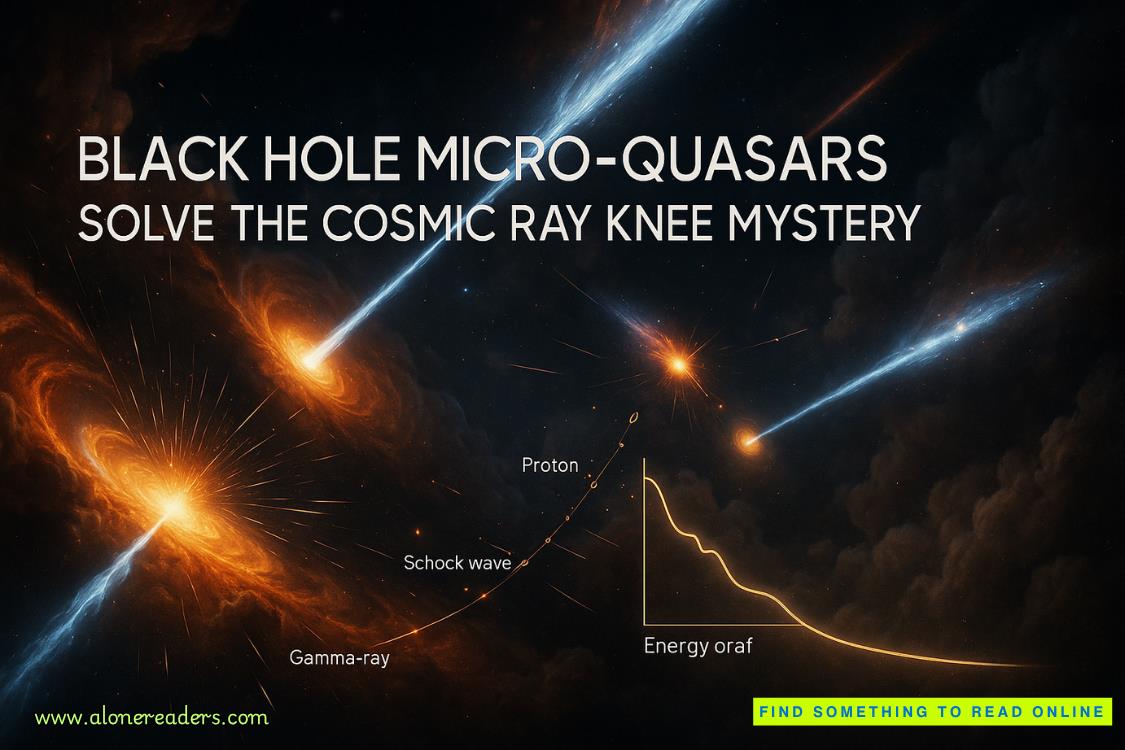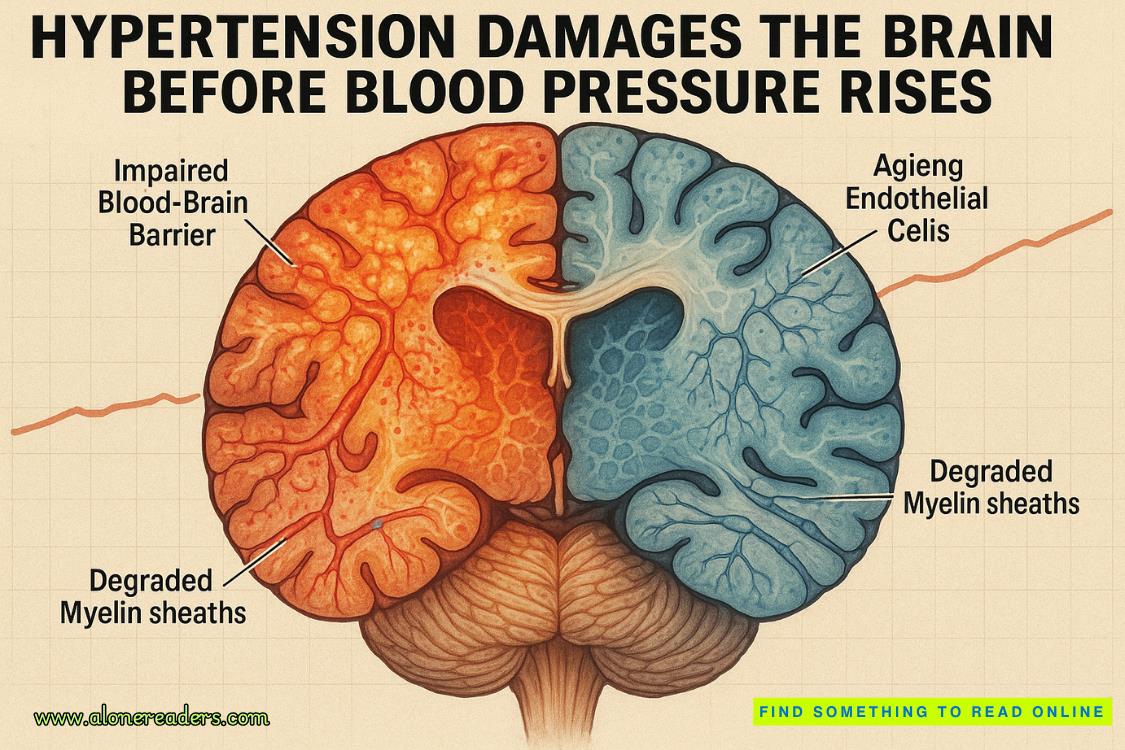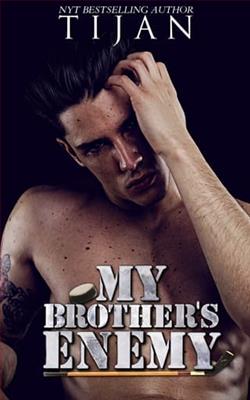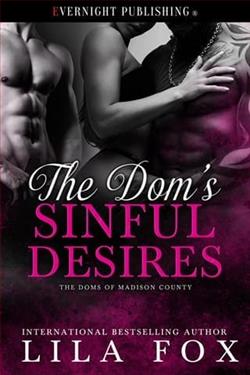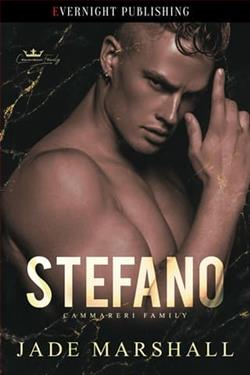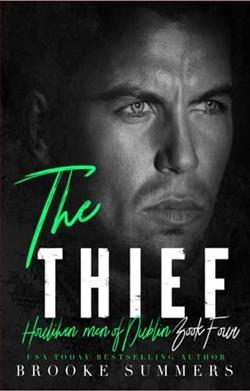Page 3 of You Can't Hurt Me
It is still early in the morning by the time I reach the river. Barges and boats are submerged in shadow, and the curves of Hammersmith Bridge are swathed in a silky mist. I love this hidden pocket of London, trapped between the flyover and the river where the city exhales, the sky expands and the rumble of traffic refines into birdsong. There are geese and herons, weeping willows and wildflowers, even a shingle beach of sorts when the tide is out. The water is higher than usual this morning, its dank breath hangs in the air.
No matter how I vary my jogging circuit, somehow I return to the same spot: Algos House, a riverside avenue of Georgian homes, grand and rambling, with ivy curling through high black railings and pretty manicured gardens that spill down to the water’s edge.
I think back to the first time I saw the house, when reporters stood here solemnly delivering the news of Eva’s death to the camera in forensic detail. As a journalist myself, I had watched intrigued, not only by the story but also by the views of her studio where she had died. Eva helped to design it, one simple story of floor-to-ceiling windows and cedar wood on the site of an old boathouse, perched on the river’s edge. She told a design magazine how she wanted the building to play with the idea of what is hidden and what is on show through its playful use of mirrors and glass. “Spaces can be deceptive,” she’d said (a little pretentiously, I had thought). “Even when those windows appear to be transparent, they’re merely trapping the human dramas that take place within, reflecting them all back in distortions and imitations.”
After her death over two years ago, of course, those words took on an extra significance and the papers were fond of quoting them, drawing attention to their uncanny prescience and how this riverside annex held the clues to what had happened to her. The detail that came to obsess the media was the destruction of Eva’s signature glass sculptures, female bodies edged in blades at the waist like a belt. Five of these had been laid face up close to her body, deep crosses scored on each of their torsos with what was probably one of Eva’s glass cutters. Like her iPhone, it was never found.
Part of this macabre fascination was the idea of a golden couple who fell from grace. At first the newspapers loved their story. “Has the King of Pain Met His Pain-Free Match?” ran one headline. But soon their interest turned judgmental. There were raised eyebrows that a scientist would marry the subject of his PhD research. After they became a couple, the press paid more attention to her “party lifestyle,” the rumors of substance abuse and hanging out with glamorous art-world celebrities. Yet, they didn’t really take her sculptures that seriously, or understand her reasons for training as a psychotherapist later. They wanted the sexy, libidinous woman who lived life recklessly, thanks to her genetic makeup.
When she died, of course, there was a sense that somehow she had transgressed, got what she had coming to her. In contrast, Dr. Reid was viewed as cold and uncaring, suspicious, responsible even for his wife’s untimely death. Neither of them was cast in a flattering light. Googling them weeks afterward, I wondered how he could continue to live on in a place so inextricably linked to her.
I think about how I could somehow cover all this in my magazine, how I would pitch it to Jess, my editor. There is the small detail I would have to slide around, that I’m not an entirely objective observer here. If I’m honest, I was drawn to Eva for additional reasons beyond my professional curiosity, a more personal one. I had spoken to her once before she died. It was only a short phone interview for the arts pages of a broadsheet, spiked in the end because another paper got there first. But our encounter, brief as it was, now took on for me a special significance, knowing that one minute she had been there and the next, inexplicably gone.
We talked about her work, how she hoped being a therapist would give her fresh emotional insight as an artist, how excited she was to complete her training and see her first patient. I told her how much I loved her sculpture and she had invited me to visit her studio for a follow-up interview. I remember her soft cut-glass vowels straight from a B movie washing over me, her voice a little husky as if she had only just woken.
She was genuinely curious about me, at least it felt that way at the time. I had never seen a therapist before, but I could see why her patients would like her, how much they could gain from her unique perspective about pain. I found myself telling her about my frustrations as a journalist, that I longed to write books, screenplays, real, lasting work. She had urged me to keep going, saying, “If you don’t turn your life into a story, you’ll just become a part of someone else’s.” I didn’t have the confidence then to really believe I would one day find my own voice, but her words of reassurance stayed with me.
When I read about the rumors of her husband’s memoir, I began to think how unfair it all seemed, given her advice to me that day. I couldn’t imagine her ending up in someone else’s book, a story that she would have no power over, that would inevitably be more his than hers. She would have hated that, I’m sure. But the dead don’t get a chance to answer back, do they?
As I sprint away, Eva’s voice drifts back and with it that sense of my own potential she alluded to. Maybe this could benefit both of us.
I run a little faster, an embryonic idea forming. The best way to cover it would surely be an interview with Dr. Reid for my magazine,The Londoner. I’d impress him with my skills, maybe I could be in the running as his ghostwriter. Unlikely but at the very least it’s a good idea to present in our next features meeting. I polish the outline in my mind, exactly how I’ll sell it to Jess. Their love story, her inability to feel pain, his obsession to find a cure for it. Eva deserves better than to be the silent wife, a footnote in her husband’s narrative. Just thinking about it makes me angry on her behalf. If I were working for Dr. Reid, I would never let that happen.
Eva’s Self-Reflection Journal
14 January 2019
Welcome to the self-reflective, analytical, navel-gazing new me!
Janet, our psychotherapy lecturer, told us we have to record our thoughts and our patient sessions to “facilitate learning by exploring our inner feelings.”
She assured us yesterday that it’s for our own personal development, not for anyone else to read or assess.
Okay, so here are some deeper feelings. Confession number one. I’m the shitty one here. The faker. I’ll never be like them.
This morning we sat in a circle in an airless basement of the clinic, taking it in turns to think about what attracted us to train. People talk about their natural empathy, their listening skills, how they want to help others to avoid the same terrible mistakes they’ve made. On and on they go. Caught up in their own worthiness, their own smug sense of how bloody good and helpful and caring they are, how they want to use their own suffering to help others.
When Janet turned to me, I froze. Watching their eyes slip-slide over me, I was convinced they could spot an imposter in their midst. What was my reason for being here? I told them about my diagnosis of congenital analgesia, how my mutation prevents me from feeling pain or anxiety. Maybe this was why I sometimes felt closed off, empty, as if nothing really mattered.
Someone asked if the two were really connected, the physical and emotional. Janet suggested that maybe it was down to language; how experiencing pain allows us to express and inhabit emotional pain too. In this way, our bodies and minds are intricately linked. She talked about Finnish researchers who have mapped the body for different types of emotions, locating grief and heartbreak in the chest, anxiety and fear in the stomach, anger in the arms and, in contrast, love as an all-over body sensation. They were fascinated by all of this, but somehow none of it chimed for me. Fear, anxiety, anger, depression: my body lacks an atlas for it all. I’m Teflon-coated. How can you be truly brokenhearted, for instance, without feeling the physical ache inside?
Of course, I’m curious about the extremity of other people’s emotions. I’ve always wondered if I lack what it takes to be a real artist. Would Frida Kahlo’s boundless creativity have existed without her chronic pain? One was almost certainly a condition of the other. To make real art is to know how suffering truly feels. Where better than a therapist’s office? I see and hear it all around me. On the faces of the other trainees when they talk about their messy lives, painful divorces, neglectful parents, addictions, recovery. It’s emotional torment that I cannot comprehend, food that I will never taste. But perhaps being up close to all this will help to unlock me, to find out how it really feels to hurt.
3
In the end, Jess was keen on my pitch to interview Dr. Reid for a cover story. What she really wanted, like any magazine editor, was to get inside his mind, find out who he really was and how he felt about his wife’s death, living alone in that sprawling riverside house without her. And, of course, what this meant for his research. I crafted an email to his publicist, reassuring her that my interview would focus mainly on his recent guide to neuroscience,The Pain Matrix.
I wake early on the day I’m due to meet him, just to make sure I have everything I need. The pens must be blue fine-tip rollerballs, the batteries Duracell, the printed list of questions bolded up. The wrong font or a battery that has already been used, even once, is enough to derail me. My mind has always been a little bit obsessional, seeking out patterns and rules that protect and comfort me. These are the rituals that shore me up before every interview. Although this time, there’s more to lose.
It will be a delicate balancing act, steering him toward territory that he will instinctively want to avoid, risking his hostility but, at the same time, inviting his admiration too. It’s a line I’ve become an expert at toeing, over the years. If there is a memoir in the pipeline, I want to seem like the perfect candidate, the right choice. Every detail will need to be just so.
I scrutinize myself in the hallway mirror, wipe away the sheen of lip gloss and the blusher too. Nearly there, except for the hair scraped high in a tight ponytail. Too austere. I let it down so it falls onto my shoulders, do up the next button of my shirt so only a glimpse of neckline is exposed. I dab away a smudge of eyeshadow with the pad of my thumb. This display of effortlessness has taken me over half an hour. I test out my quizzical gaze, open my eyes a little wider. Tilt my head to affect empathy.
My strategy is always the same: ease my subject into conversation, feel the satisfaction as they uncoil, revealing everything. I can’t help envying that moment when they let go without intending to, how that freedom must feel. The less you offer about yourself, the more they really talk.
Over the years I’ve heard it all. The personal revelation in all its tawdry detail. They’ve had an affair; their marriage is over; the tumor is malignant. The subjects of their confessions vary. But it’s the kick of reeling them in, question by question, letting them think their decision to speak openly is entirely voluntary. A lot of it is also timing, knowing exactly when to drop in that deceptively simple question: “Why?” The shortest word that can often elicit the longest answer. Then I sit back and say nothing, knowing they will be compelled to speak. The less self-assured they are, the more they feel a lingering silence is their responsibility, their problem to solve. So I circle and return. Navigate the push and pull of disclosure, how we fly back and forth between the need to be hidden and the desire to be known.
The thrill for me always comes in breaking down their defenses, watching them let go without intending to, until I discover what I’m there for. How consuming curiosity can be, without any of us ever really knowing why. An itch and a drive, and for me, one that also happens to pay the bills.
